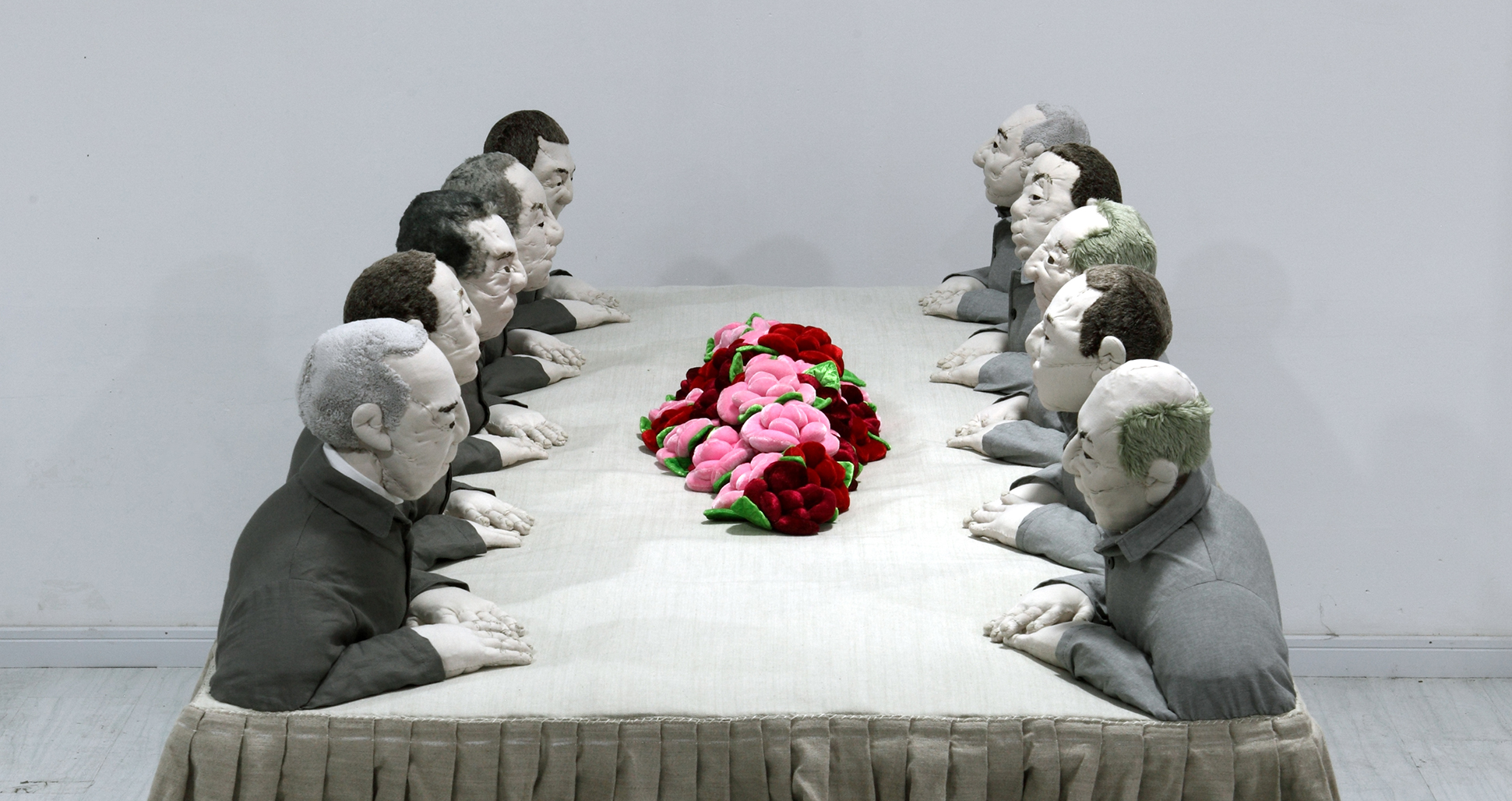Wenyu Ji and Weibing Zhu also expressed a critical perspective on the Chinese social structure and the status of people within in it. The work “No One Can Sit Stable” shows the scene of people competing for a red chair, implying that in a highly competitive society, everyone wants a stable chair, strives to climb up, and finally falling. In the 6-meter-long masterpiece “Human Feat”, water pours down from the top of the dam, and tiny human figures are below the water flow. This piece can be read as a critique of human arrogance. Although humans are the only animals with a small supporting role in nature, they open up mountains and build reservoirs,
Wenyu Ji and Weibing Zhu are pioneers who discovered and promoted novel artistic avenues, utilizing fabric to craft soft sculptures. Initially, Wenyu Ji focused on producing two-dimensional (2D) works. During his exploration of contemporary art’s possibilities, he encountered a creative impasse, recognizing the expressive limitations of 2D works. Simultaneously, his wife, Weibing Zhu, a seasoned designer in the clothing and fashion industry, found herself disillusioned and disenchanted with her field. Consequently, the ubiquitous and familiar fabric became their medium for a new form of artistic expression. They embarked on a journey of experimentation, cutting and sewing, giving birth to the artistic language of “soft sculpture”. In this creative process, Wenyu Ji and Weibing Zhu’s collaboration was so seamless that it seemed as though they shared one heart, making “soft sculpture” their unique, unified artistic voice. This medium not only evokes traditional Chinese crafts and everyday life but also represents a bold new art form.
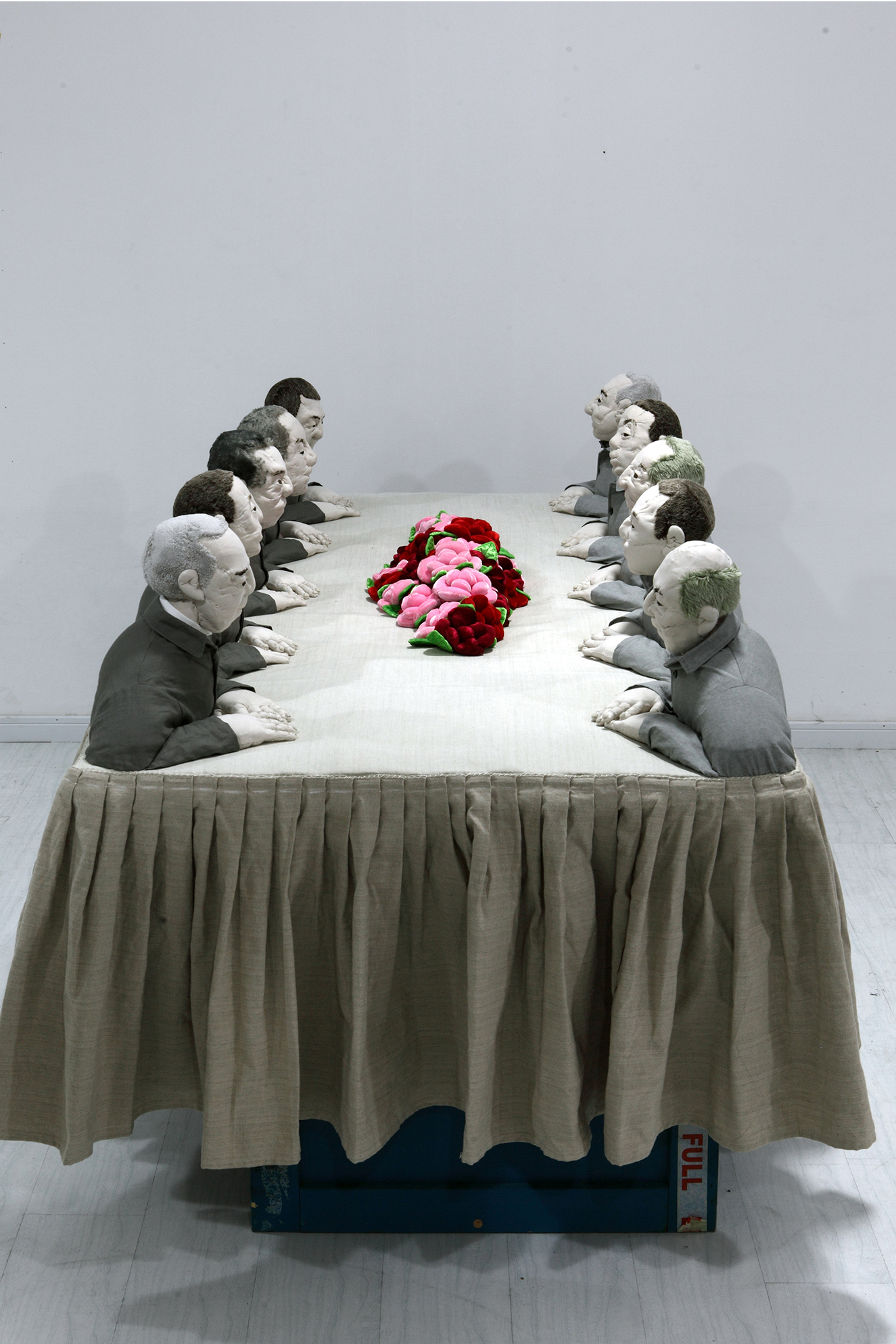
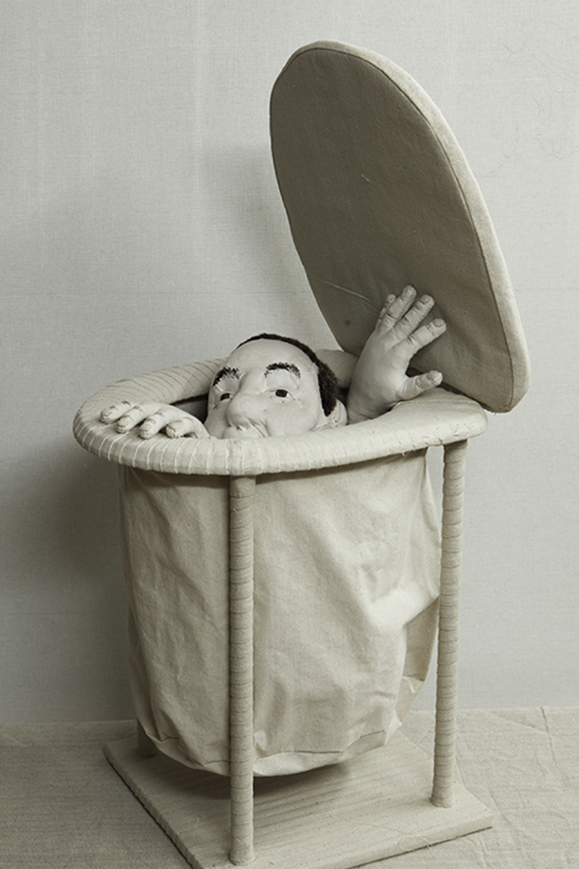
Kitsch and Art
They are often cited as exemplars of “kitsch” in Chinese contemporary art. The term “kitsch” (German: kitsch) traditionally denotes art forms catering to lowbrow tastes with a pejorative implication. Art critic Clement Greenberg’s 1939 essay “Avant-Garde and Kitsch” remains a seminal analysis in 20th-century art history, positioning “kitsch” in opposition to “avant-garde” art, which seeks legitimacy within the art historical narrative. As art evolves with the fusion of diverse disciplines, questioning the necessity of elegance in art becomes unavoidable. With the societal transformation following economic reforms, contemporary art emerged in China like a meteor shower, employing vulgar and absurd black humor, including kitsch and pop, to critique the Chinese social fabric. This approach humorously and publicly questions high-minded notions of art, society, justice, and heroism.
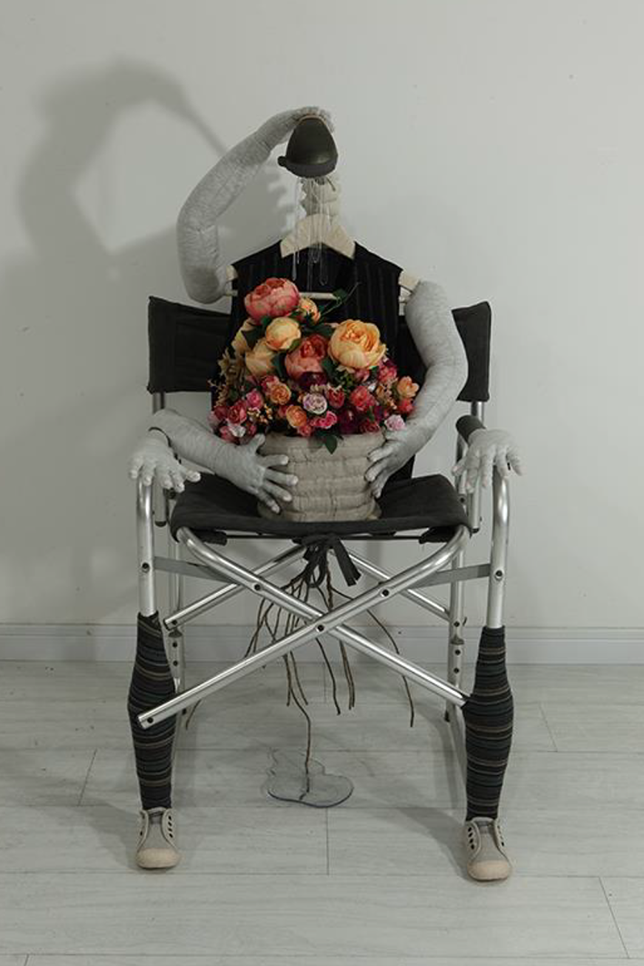
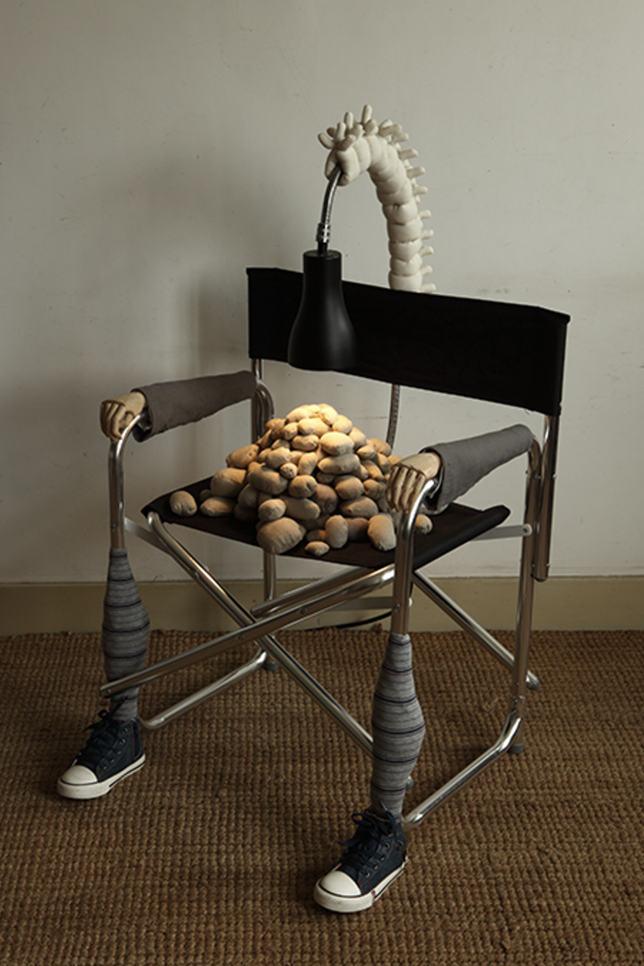
Human Love in Humor
Wenyu Ji and Weibing Zhu critique the Chinese social structure and human conditions through their work. “No One Can Sit Stable” depicts a scramble for a red chair, symbolizing the fierce competition in society where everyone strives for stability, often leading to downfall. In their 6-meter-long masterpiece “Human Feat”, water cascading from a dam over minuscule human figures critiques human hubris. Despite humans being minor players in nature, their efforts to dominate through engineering feats like dams turn nature into a mere tool for their ambitions. The humanity depicted in Ji and Zhu’s works is simultaneously arrogant, humble, awkward, and peculiar. By molding these traits in soft cloth, the satirical becomes humorous. Through this medium, they warmly observe the absurd and vulnerable human condition. Crafting with cloth, an integral part of human life, allows Ji and Zhu to embed the essence of ordinary lives within their art, making their societal critiques deeply resonant. If such expression is deemed “kitsch”, then humanity’s millennia-old practices of weaving, spinning, cutting, sewing, and dressing are profound acts of installation art, rendering Ji and Zhu’s work a sculptural homage to humanity itself.
ーーーーーーーーーーーーーー
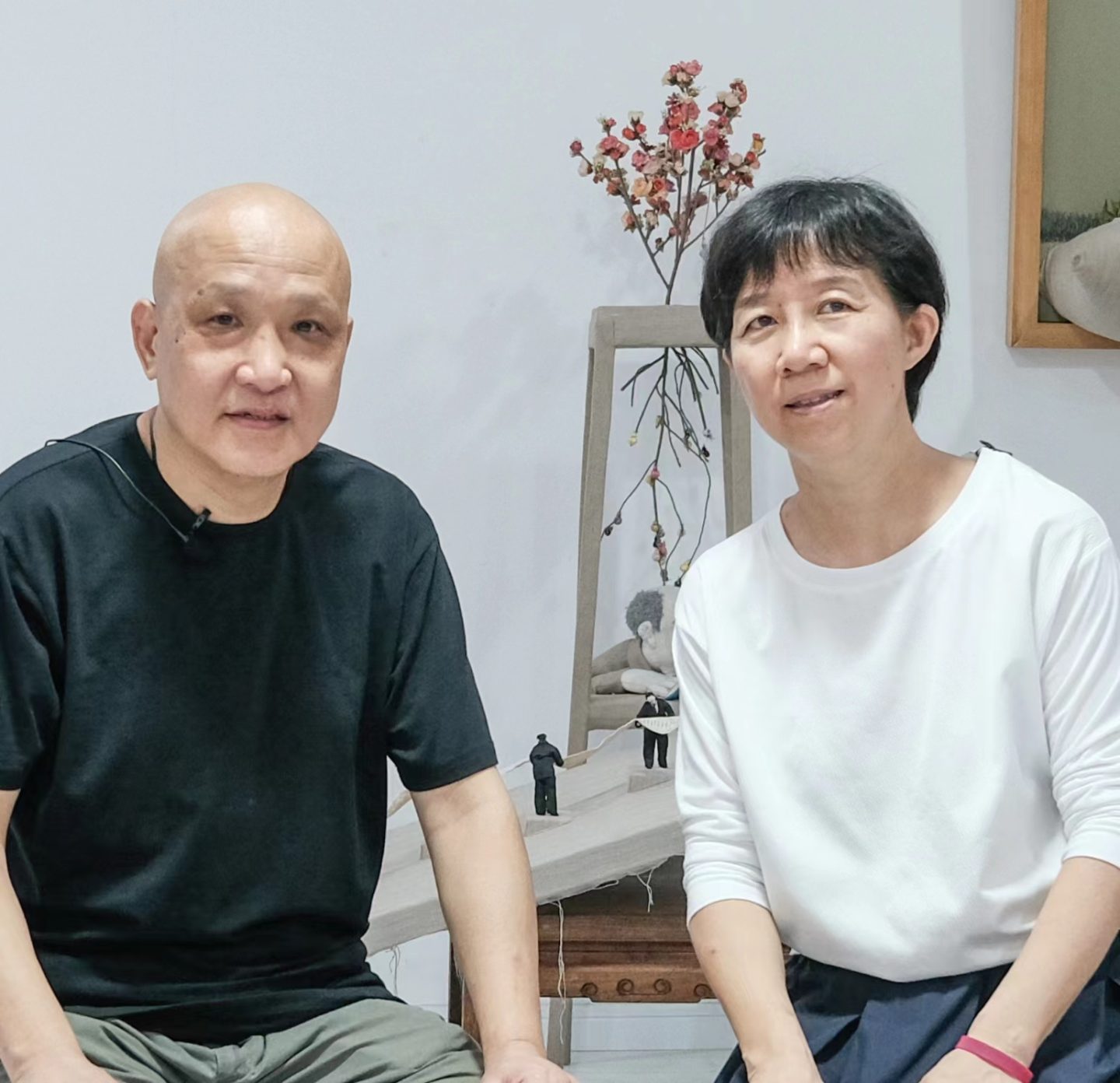
计文于 Ji Wenyu(b.1959)& 朱卫兵 Zhu Weibing(b.1971)
Wenyu Ji (b.1959) and Weibing Zhu (b.1971) embarked on their journey of creating soft sculptures in 2003 and are currently located in Shanghai. Their collaborative works in soft sculpture reveal a distinctive artistic language that stands out in the contemporary art scene. Their choice of fabric as a medium is a deliberate nod to Weibing’s background in clothing design, bridging traditional craft with contemporary expression. The soft sculptures crafted by Ji Wenyu alongside his spouse, Zhu Weibing, unveil the enchanting allure of a distinct artistic dialect, unparalleled in the realm of contemporary art. Their selection of fabric isn’t mere coincidence but deeply intertwined with Zhu Weibing’s extensive background in fashion design.
Originating from folk and decorative arts, toys, and the domain of fiber art, fabric embodies softness, warmth, rustic charm, and a primal essence, infused with a touch of chaos. Nonetheless, the duo ardently bridges it with the modern and the contemporary zeitgeist. Enveloping cotton, the fabric assumes forms that defy the conventional round or square shapes, taking on an autonomous shape beyond others’ orchestrations. It eschews precise replication for the thrill of unexpected revelations. The artists adeptly embrace the fabric’s flaws, spotlighting its distinctiveness. From ideation and design to hands-on creation, they ingeniously erect garden-esque vistas, stage-like arrangements, and archetypal “Chinese-style” fabric puppets. Their work, teeming with a light-hearted satire, unfurls the ideals and mirages of contemporary society amid a blossom-filled expanse. As spectators of the diverse spectacle that is life, this is precisely their vision.
Main solo exhibition:
2019 Ji Wenyu & Zhu Weibing: Affairs Going On! Leo Gallery Shanghai, Shanghai Ji Wenyu & Zhu Weibing: Rescue Station, SQUARE GALLERY, Shanghai
2016 Ji Wenyu & ZHU Weibing: Climbing Up The Mountain, Climbing Down The Mountain, Nuo Hotel, Beijing
2011 Ji Wenyu & Zhu Weibing: Follow! Follow! Follow!, ShanghART M50, Shanghai
2007 People Holding Flowers, JI Wenyu & ZHU Weibing, ShanghART M50, Shanghai
2023 Not limited by external objects, Chantilly Art Centre, shanghai
2022 DIEYING- possibility of multi-dialogue, ZhuQizhan Art Museum, shanghai Die Verwandlung, Theoretical art centre, Shanghai The Wind and the Swaying Trees, LAILE FACTORY, Shanghai
2019 Hangzhou Triennial of fibre ART, Zhejiang art museum, Hangzhou
2015 A New Dynasty – Created in China, ARoS Aarhus Art Museum, Denmark
2013 Summer Window, Art & Public, Geneve, Switzerland
2010 Big Draft-Shanghai, Kunstmuseum Bern, Bern, Switzerland
2009 The 6th Asia Pacific Triennial of Contemporary Art (APT6), Queensland Art Gallery, Australia
2006 6th Shanghai Biennale, Hyper Design, Shanghai Art Museum, Shanghai
Artist Interview|Ji Wenyu & Zhu Weibing

